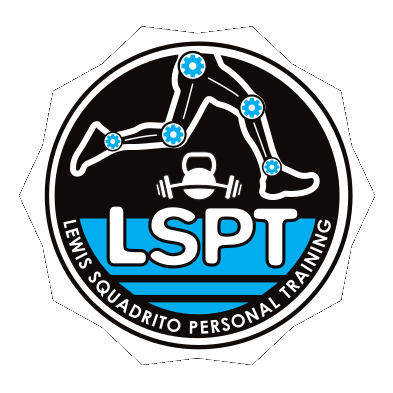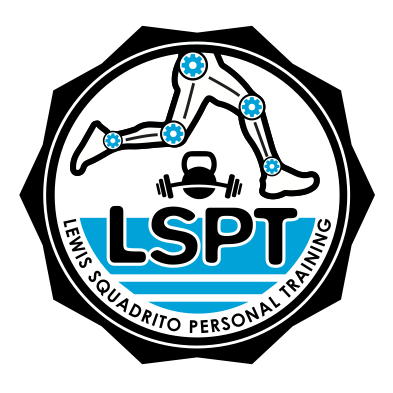Introduction
In the realm of sports, the art of setting goals is pivotal to an athlete’s success. While the allure of outcomes, such as winning a race or scoring a goal, is strong, research and experience suggest that focusing on outcomes is a recipe for failure. Instead, athletes find greater success when they concentrate on the process and the small steps that lead to significant achievements.
The Power of Process Goals
Process goals are the building blocks of success in sports. These goals focus on the ‘how’ rather than the ‘what’ of performance. For instance, in a 1600m race, an athlete might set a process goal to maintain a consistent rhythm and good mechanics in the second lap, ensuring they stay with the lead pack. This approach shifts the focus from the pressure of winning to the quality of performance, enabling athletes to remain engaged and poised under pressure.
Example: Tactical Goals in a 1600m Race
- First 400m: Aim to establish a strong position in the lead pack.
- Second Lap: Concentrate on maintaining rhythm and good mechanics.
- Third Lap: Stay present and prepare strategically for the final lap.
- Final 400m: Execute a strong finish, tapping into the reserves.
Performance Goals: Balancing Aspiration and Realism
Performance goals are intermediate, focusing on achieving specific standards. A moderate effect on performance has been noted with these goals. They are less about winning and more about personal improvement. For example, an athlete might aim to overtake a certain number of competitors in the final 1,000m of a 10k race. This goal is measurable and challenging yet not entirely dependent on the final outcome of the race.
The Limitation of Outcome Goals
Studies have shown that outcome goals, which focus on winning or achieving a specific result, have a negligible effect on performance. The reason lies in their nature; these goals are often beyond the athlete’s control and can lead to undue stress and disappointment.
Specific Goals for Racing and Events
When approaching racing and events, it’s crucial to set specific, actionable goals that align with individual capabilities and aspirations. These goals should be about more than just finishing times or positions; they should focus on personal growth, resilience, and engagement. Here are some examples of such goals, expanded with details:
Excellence in Challenging Terrains: Aim to not just survive but thrive while running up every hill. This means maintaining power, precision, and excellent form even in the most challenging parts of the race. Focusing on uphill performance can significantly improve overall race experience and results.
Competitive Spirit Amongst Peers: In races, finishing first is often relative. For instance, if you find yourself in a pack ranging from 33rd to 43rd in a half marathon, focus on being competitive within that group. Success here is about learning to outpace those of similar ability levels, fostering a spirit of healthy competition and self-improvement.
Mindfulness and Presence: Set a goal to stay present and engaged throughout the race. This could mean observing your surroundings, acknowledging and smiling at volunteers, and being aware of the race dynamics. Such mindfulness enhances the racing experience and can lead to a more fulfilling performance.
Injury Management and Prevention: A vital goal can be to complete the race without injuries. This involves strategic pacing, listening to your body’s signals, and prioritizing your health over aggressive competition. Finishing in one piece should always be a primary concern.
Consistent Pacing: Instead of focusing on time, aim for maintaining a consistent pace throughout the race. This means avoiding the common pitfall of starting too fast and then slowing down significantly. Consistent pacing leads to better energy management and overall race experience.
Positive Interaction and Sportsmanship: Set a goal to engage positively with fellow competitors, offering encouragement and showing good sportsmanship. This approach not only enhances your own experience but also contributes to a more supportive and friendly racing environment.
These goals, focusing on various aspects of racing beyond time and position, can lead to a more rounded and satisfying athletic journey. They emphasize personal growth, resilience, and the joy of participation, key elements often overlooked in the competitive realm of sports.
Building Habits through Small Steps
Success in sports is not just about setting the right kind of goals but also about establishing habits that support these goals. This involves setting small, achievable actions that can be performed consistently. For example, committing to a 30-minute mobility workout every morning at 6 am is a small step that builds the discipline required for higher performance.
The Importance of Contingency Plans
Life is unpredictable, and athletes need backup plans to stay on track. If the morning workout is missed, having a contingency plan, like performing basic stretches while watching TV in the evening, ensures that the habit-building process continues without the feeling of failure.
Conclusion
In summary, goal setting in sports is a nuanced and dynamic process. It requires focusing on process and performance goals, setting small, habitual actions, and having contingency plans to maintain consistency. By shifting focus from the end result to the journey towards it, athletes can find greater satisfaction and success in their sporting endeavors


